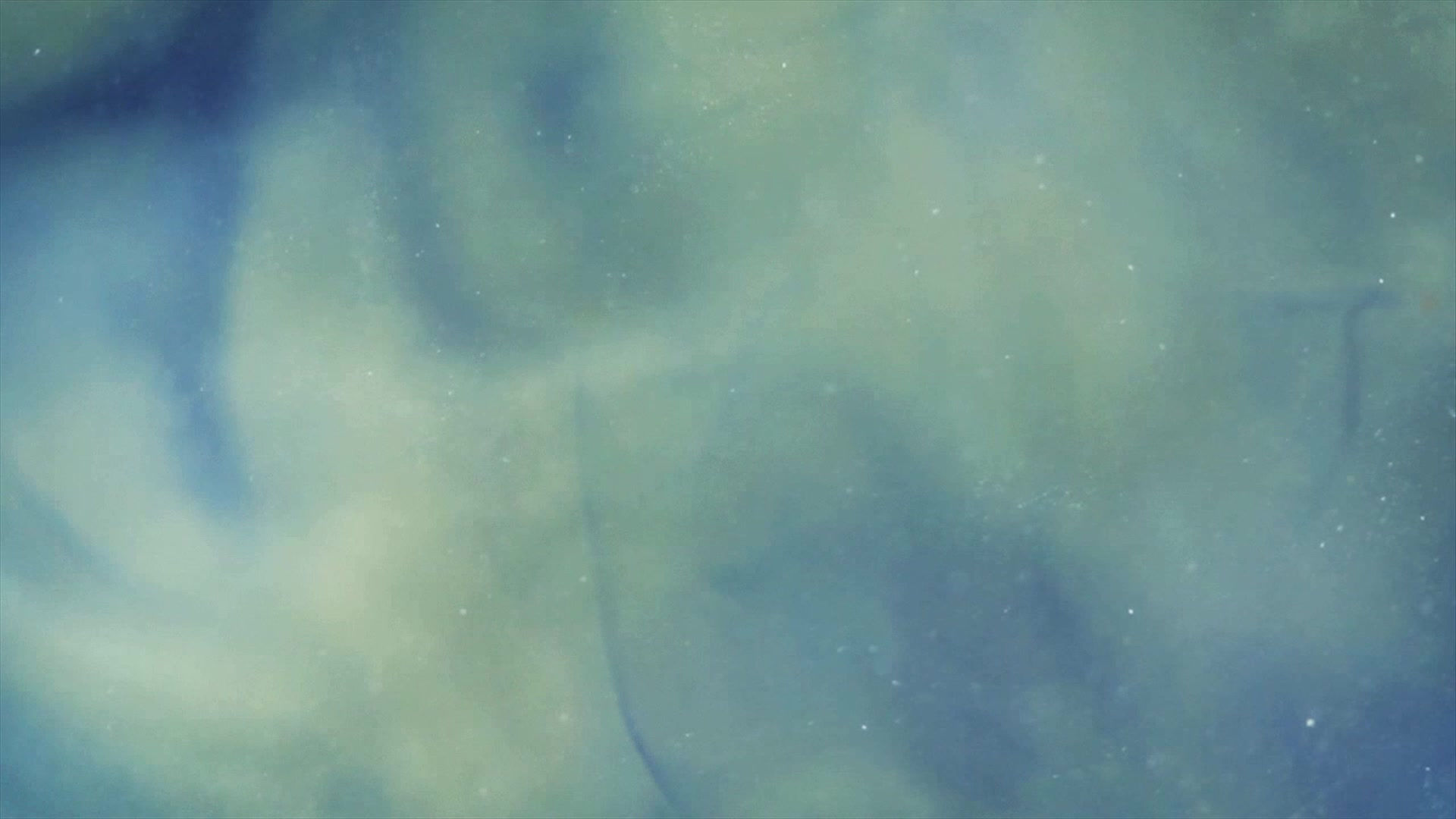Representation of Gender in Lolita (1962)
- Nov 12, 2021
- 2 min read

I would like to preface this with trigger warnings for mentions of pedophilia and sexual assault.
Lolita is the infamously controversial, psychological comedy-drama novel written by Vladmir Nabokov, twice adapted into film - the first being in 1962, which is the version I will be focusing on. The plot follows a middle-aged literature professor under the pseudonym Humbert Humbert and the downwards spiral he enters upon the sexual infatuation he garners for 12-year old Dolores Haze (nicknamed Lolita) with whom he pursues after becoming her stepfather.
Nabokov inadvertently coined Lolita as a term through the book with the word now being used to define ‘a precociously seductive girl’ according to Merriam-Webster or ‘a young girl who has a very sexual appearance or behaves in a very sexual way’ according to Cambridge Dictionary. The titular character is showcased with a close-up shot of her face, exaggerated features like blue, doe eyes peaking over her red-rimmed heart glasses, the mature red of her lips and how they’re pursed around a lollipop - a notorious symbol of child-like naivety combined with an overt sexuality. She is front and centre, taking up the entire poster but at the cost of being a figure of suggestion; mixed innocence and timid eroticism. Van Zoonen’s theory of feminism can be applied to this, as Lolita is used as a spectacle for the eyes of the heterosexual male - both within the media product itself, and for its consumers.
At a time where it mattered most, Lolita could be deemed a devastating set back. With the uprising of second wave feminism and the women’s rights movement, the demand for roles outside of the housewife and object of gratification were at its highest. Following the regressive decade of the ‘50s, the ‘60s had a lot to promise in turn - however alongside the fights for equality, sexual control, workplace safety and the introduction of the contraceptive pill in ‘61, came Lolita in ‘62 to diverge the chic and maturely elegant effect of ‘50s women’s fashion. The ‘looking younger’ beauty trend was first published in an article the same year of Lolita’s release with women’s fashion looking more and more like children’s clothing in adult sizes. Hundreds of parents pushed forth letters to casting agents, desperate to have their daughters play the role, claiming that they ‘were Lolita’ with men seeing the 14 year old as a seductive, “well-developed child-woman.” The ‘60s saw women marry younger than previous generations, stunting the fight for the woman’s right to independence by enforcing the brand new beauty standard, curated by men, that to age was to be unattractive.

These ideologies are still extremely popular among women today with the Lolita resurgence also being a modern-day topic of debate and discussion as the problematic icon’s unshakable influence has never completely released its grasp on young girls and women alike. Using David Gauntlett’s theory of identity, it could be inferred that the intention of Lolita’s portrayal was to influence the women watching to adopt the male’s love for the simultaneously provocative yet sexually inexperienced woman as part of their own identities, the outcome and lasting hold her character had on the ‘60s establishing this to be true.


Comments